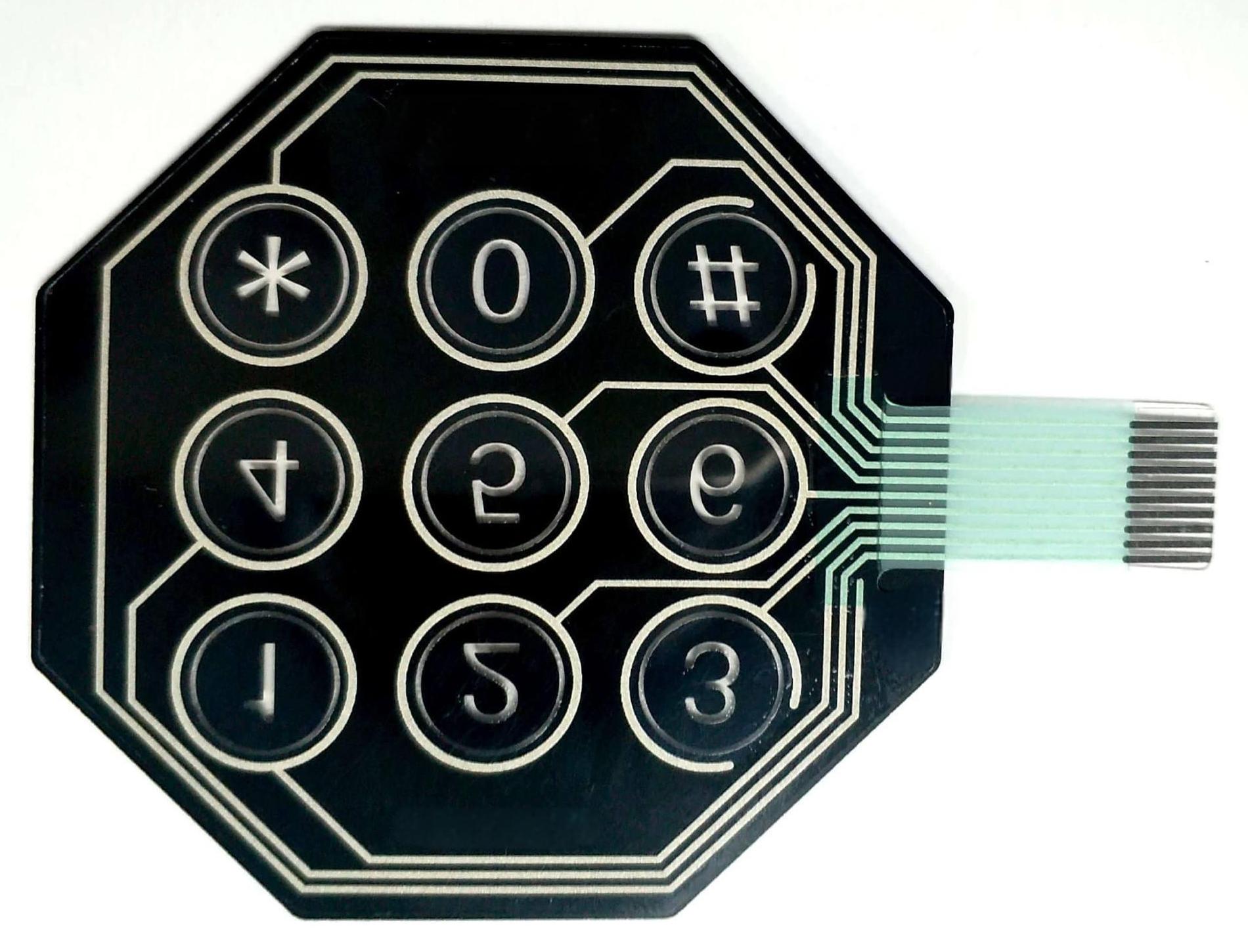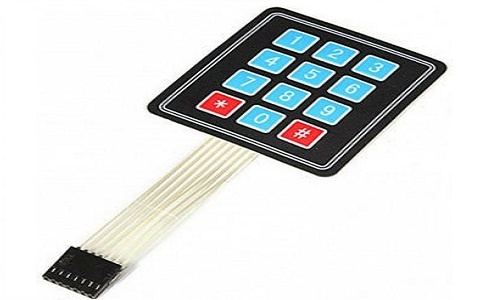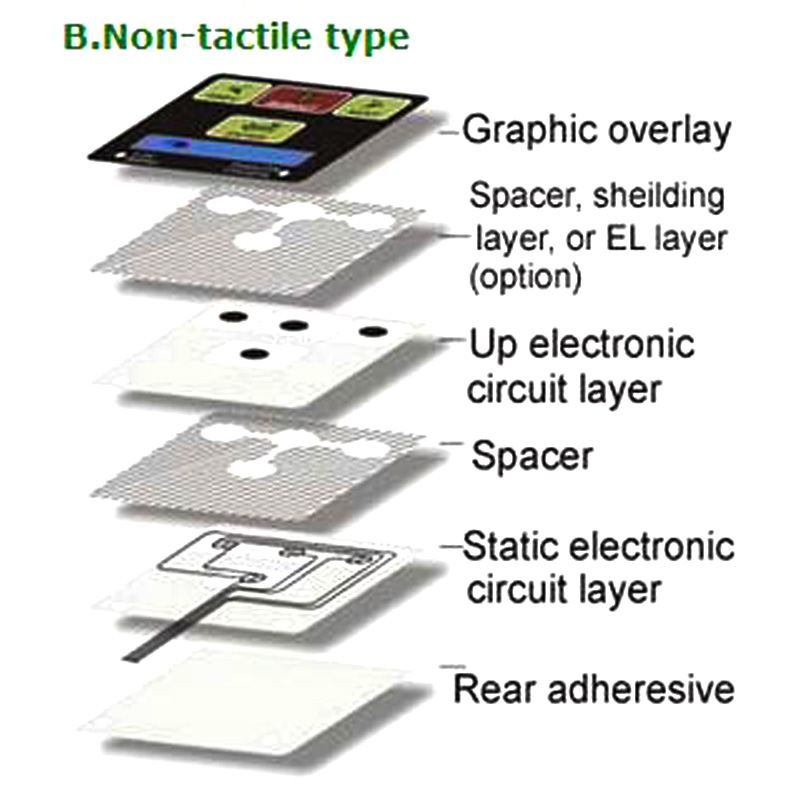The Production Refine Behind Membrane Switch: What You Required to Know
The production process behind membrane switches over combines cautious design, product option, and quality assurance. It begins with recognizing the details of membrane switch layout and advances through numerous stages, consisting of material choices and printing strategies. Each phase plays an important duty in making sure functionality and durability. The intricacies of layer building and the rigorous testing criteria may expose understandings that are not right away apparent. What lies past these foundational aspects?
Recognizing Membrane Change Layout
Membrane switches may appear straightforward at first glance, their style entails intricate considerations that ensure performance and longevity. The design process begins with a complete understanding of customer requirements, including the interface's intended application and environmental aspects. Comfort designs is a crucial element, as the layout must help with simplicity of use while guaranteeing that tactile feedback satisfies individual expectations.Moreover, the layering of elements, such as visuals overlays, sticky layers, and conductive traces, have to be exactly crafted. membrane switch. This split arrangement not just affects the button's responsiveness however likewise impacts its longevity. Attention is given to the securing strategies used to secure versus wetness and dust, which can endanger efficiency. Furthermore, design considerations reach visual appeals, where color systems and aesthetic clarity enhance customer experience. Eventually, the design of membrane layer switches over balances functionality, customer experience, and toughness, making sure that they meet the needs of different applications efficiently
Products Utilized in Membrane Switch Over Manufacturing
When picking materials for membrane layer button manufacturing, it is necessary to contemplate both efficiency and sturdiness. The primary products include polyester and polycarbonate movies, which offer adaptability and stamina. These movies are commonly coated with sticky to assure appropriate bonding to substratums. Conductive inks, usually composed of silver or carbon, are important for creating electrical links within the switch, permitting dependable operation.Additionally, a safety layer, such as a tough coat, is often related to improve scrape resistance and longevity. The option of backing product, such as acrylic or foam, can considerably affect the button's responsive feel and general customer experience. Numerous ecological factors, including temperature and humidity, must assist product option to assure peak efficiency in certain applications. Eventually, the best combination of products adds to the membrane layer button's capability and life-span, making educated selections important for makers.
The Printing Refine: Creating Video and Text
The printing process in membrane switch manufacturing plays a significant role in producing premium graphics and text. Various graphic design techniques are employed to assure aesthetic allure and capability, while cautious ink choice methods are important for sturdiness and performance. Understanding these elements is basic for accomplishing finest cause membrane layer button style.
Graphic Layout Techniques
Graphic style strategies play a vital duty in the printing process of membrane layer buttons, as they specify how graphics and message will inevitably appear on the last item. Effective visuals layout involves the calculated usage of typefaces, formats, and colors to improve readability and aesthetic allure. Designers typically make use of vector graphics for scalability, ensuring that images stay sharp at different dimensions. In addition, focus to contrast and alignment is crucial, as it affects customer interaction and aesthetic quality. The consolidation of branding aspects, such as logos, need to be managed with like preserve brand stability. Generally, thoughtful visuals style methods add significantly to the performance and appearance of membrane layer switches, affecting user experience and product performance.
Ink Option Approaches
Selecting the suitable ink is essential for attaining the wanted visual high quality and sturdiness in membrane layer switch manufacturing. Different ink kinds are utilized, consisting of solvent-based, water-based, and UV-curable inks. Each kind uses unique qualities, such as attachment, resistance, and versatility to ecological elements. Solvent-based inks are frequently preferred for their longevity and lively colors, while water-based inks are extra ecologically friendly however may have constraints in adhesion. UV-curable inks give fast healing and robust efficiency. Furthermore, shade matching methods assure that the chosen inks straighten with design requirements. Ultimately, the selection of ink need to take into consideration elements such as application approach, substrate compatibility, and end-use demands to achieve remarkable outcomes in membrane button graphics and message.
Layer Building and Setting Up

Material Choice Refine
A careful choice of products is crucial in the manufacturing process of membrane layer buttons, as it straight influences performance and longevity. The primary materials utilized include polyester, polycarbonate, and numerous conductive inks. Polyester is often favored for its outstanding resistance to chemicals and abrasion, making it appropriate for rough settings. Polycarbonate, on the other hand, provides exceptional clearness and effect resistance, which is valuable for applications calling for presence and robustness. Conductive inks, generally made up of silver or carbon, are vital for creating dependable electrical pathways. Additionally, the choice of adhesive materials influences the total honesty of the button - membrane switch. Reviewing variables such as ecological direct exposure, tactile comments, and aesthetic requirements overviews suppliers in picking the very best materials for their particular applications
Layer Attachment Strategies
Sticking layers in membrane switch construction is an essential procedure reference that ensures functionality and longevity. Numerous bond techniques are used to safeguard optimal bonding between layers, which typically consist of using adhesives, heat, and stress. Pressure-sensitive adhesives (PSAs) are frequently utilized for their convenience of application and instant bonding websites capabilities. In addition, thermal bonding methods can be applied, where warm is used to turn on sticky residential or commercial properties, securing a solid bond. The choice of bond method mainly depends on the products involved and the details application requirements of the membrane layer switch. Appropriate alignment and uniform application of adhesives are necessary to protect against problems, safeguarding the switch runs successfully throughout its intended life expectancy.
Quality Assurance Steps
Assuring quality assurance during the layer building and construction and assembly of membrane buttons is essential for preserving efficiency and reliability. This process normally involves several important measures, including complete examinations at each stage of production. Makers make use of innovative testing methods, such as peel tests and bond evaluations, to confirm the honesty of layer bonds. In addition, visual inspections are conducted to determine any type of flaws in printing or product incongruities. Ecological problems, such as temperature level and moisture, are meticulously checked to assure ideal curing and attachment. Moreover, regular calibration of tools aids keep exact production requirements. By executing these quality assurance steps, manufacturers can greatly lower the threat of item failing, guaranteeing that the final membrane layer changes meet the required requirements and client expectations.
Testing and Quality Assurance Procedures

Technologies in Membrane Layer Switch Technology
As improvements in modern technology remain to evolve, membrane switches are gaining from ingenious advancements that improve their performance and customer experience. One remarkable innovation is the integration of capacitive touch technology, which allows for more intuitive and receptive interface. This change not just enhances aesthetics but also lowers mechanical damage, expanding the life-span of the switches.Additionally, improvements in graphic overlay materials have led to boosted longevity and resistance to ecological aspects such as wetness and UV light. These materials currently supply improved clearness and brightness, more raising the visual appeal.Furthermore, the incorporation of clever innovation is transforming membrane layer changes into interactive control board, allowing connectivity with IoT tools. This connectivity fosters a smooth user experience, leading the method for applications in various sectors, from health care to customer electronics. Collectively, these advancements position membrane layer changes as critical parts in modern tool design.
Regularly Asked Inquiries
How much time Does the Membrane Layer Switch Production Process Take?
The period of the membrane switch production process can differ significantly. Variables such as complexity, products used, and production quantity influence timelines, with normal manufacturing ranging from a couple of days to several weeks for completion.
What Are the Usual Applications for Membrane Layer Switches?
Membrane layer buttons are typically used in numerous industries, consisting of auto controls, home home appliances, clinical devices, and consumer electronic devices (membrane switch). Their convenience and sturdiness make them excellent for applications requiring easy to use user interfaces and trusted performance in diverse atmospheres
Can Membrane Changes Be Custom-made for Details Needs?

What Is the Lifespan of a Common Membrane Change?
The life expectancy of a normal membrane layer button varies, however normally, it ranges from 1 to 5 million cycles. Elements such as usage, atmosphere, and material quality greatly affect resilience and general performance over time.

Are Membrane Switches Environmentally Pleasant?
The environmental kindness of membrane layer switches differs. Some products used might not be recyclable, while others can be environment-friendly. The general influence depends upon manufacturing materials and methods, necessitating mindful consideration throughout choice and disposal. The production process behind membrane layer changes combines mindful style, product choice, and top quality control. It begins with recognizing the ins and outs of membrane layer switch layout and progresses via various phases, consisting of material selections and printing techniques. When choosing products for membrane button production, it is vital to ponder both performance and longevity. A careful choice of products is important in the production procedure of membrane switches, as it straight affects functionality and sturdiness. The selection of adhesion method mainly depends on the products included and the particular application needs of the membrane layer switch.